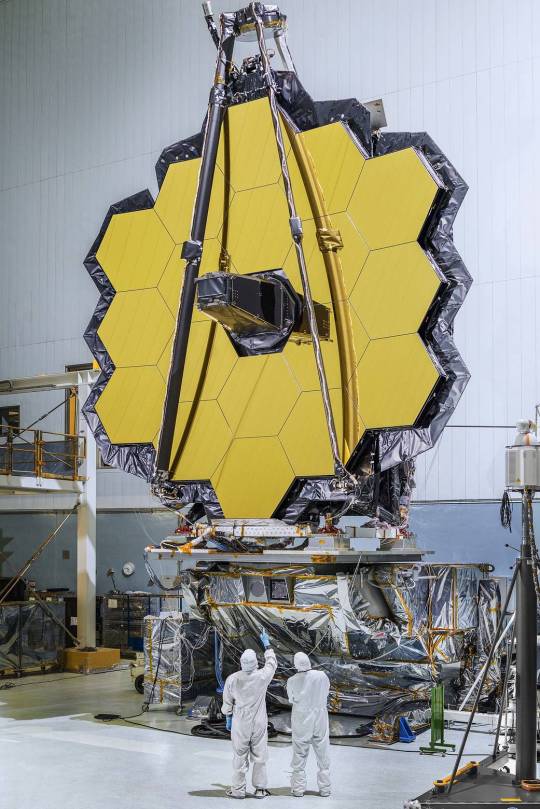Content on Computer Vision 💻👁️ & Image Processing 🖼️ | Python 🔥 | Beginners and Intermediate 🤓
Don't wanna be here? Send us removal request.
Text

Ever wanted to look back in time? This week, we’re launching a kind of time machine – a telescope so powerful it will help us see back some of the first stars and galaxies made after the Big Bang.
The James Webb Space Telescope is the largest and most advanced telescope we’ve ever put in space. With revolutionary technology, it will study 13.5 billion years of cosmic history and help humanity understand our place in the stars.
Tomorrow, Dec. 25, at 7:20 a.m. ET (12:20 UTC), the Webb Telescope is set to launch from French Guiana, beginning a 29-day journey to a spot a million miles away.
How to Watch:
In English:
Dec. 25
Live coverage starts at 6:00 a.m. ET/11:00 UTC
Facebook, YouTube, Twitter, Twitch
In Spanish:
Dec. 25
Live coverage starts at 6:30 a.m. ET/11:30 UTC
Facebook, YouTube, Twitter
youtube
Once Webb launches, the journey has only just begun. The telescope will begin a 2-week-long process of unfolding itself in space before settling in to explore the universe in ways we’ve never seen before.
Follow along on Twitter, Facebook and Instagram and with #UnfoldTheUniverse.
6K notes
·
View notes
Link
6 notes
·
View notes
Text
1 note
·
View note
Text
An Overview of TensorFlow
1 note
·
View note
Text
Python Tools for Data Science: The Best Python Packages, Libraries and Frameworks
1 note
·
View note
Text
2 notes
·
View notes
